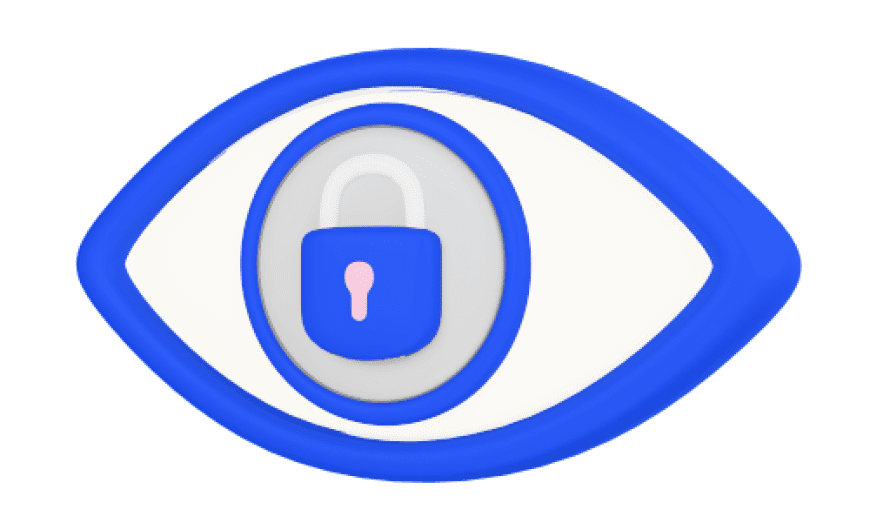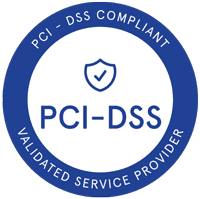This article explains exactly what a security posture is, how to assess your cybersecurity posture, and what steps to take to strengthen it. By implementing what you learn here, you’ll better prepare your business to deal with the modern threat landscape.
What is Security Posture?
The security posture of an organization refers to the overall strength of its network, information, and systems based on the controls, capabilities, and resources currently in place to protect these assets. Security postures encompass the following factors:
- The level of cybersecurity awareness that employees have and the habitual ways they engage with information systems
- The effectiveness of your IT security policy
- The visibility you have into your organization’s assets and the threat surface of those assets
- The hardware and software solutions in place to mitigate cyber threats
- The people and tools in place to respond to and contain cybersecurity breaches
It’s important to distinguish security postures from cybersecurity risks because they aren’t the same thing. The current state of your organization’s security posture influences the level of cyber risk you’re exposed to. As the security posture improves, cyber risk exposure decreases.
Read more about cyber risks in this article: What Is Cyber Risk and How to Identify It.
It’s critical to regularly assess your cybersecurity posture to understand its effectiveness against the dynamic modern threat landscape. In fact, your security posture is itself dynamic because different vulnerabilities can emerge that weaken its effectiveness. To best understand the current state of your cybersecurity posture, you need to conduct a cybersecurity posture assessment at regular intervals.
What is a Cybersecurity Posture Assessment?
A cybersecurity posture assessment is a detailed analysis of your current cybersecurity posture’s strength. Without knowing the current state of your cybersecurity posture, it’s difficult to adequately estimate how exposed your organization is to cyber-attacks or to make essential changes that strengthen your posture. This assessment needs to integrate all controls, capabilities, and resources that influence security.
To conduct a cybersecurity posture assessment, you need to clearly answer the following questions:
- How mature are your cybersecurity controls?
- What level of visibility do you have into your IT assets, including data, hardware, and software?
- What is the current level of cybersecurity awareness among your workforce and business partners? Download a free ebook that will help your employees learn more about phishing and how to protect against it.
- Can your organization currently demonstrate compliance with relevant regulations governing data privacy or security?
- What is the most important business data and how well is it protected?
- Do you have a well-documented incident response process?
- How well do your current security controls protect your organization?
- Does your organization effectively find and manage vulnerabilities?
Answering all of these questions and documenting the process as a formal cybersecurity posture assessment provides valuable insight into what you’re doing well and what changes are needed to improve your security posture.
5 Steps to Improve Your Security Posture
The steps needed to improve your security posture entail strengthening your strategy, people, tools, and processes. Here are five steps to start with.
1. Implement a cybersecurity framework
Cybersecurity frameworks provide a set of standards, guidelines, and best practices for managing and reducing cybersecurity risks. Due to the inverse relationship between cyber risk and security posture, implementing a cybersecurity framework simultaneously reduces cyber risks and strengthens your security posture.
Various international and federal bodies have developed their own cybersecurity standards with the express purpose of helping organizations better manage risks and enhance their security postures. Some examples of these frameworks are:
- NIST Cybersecurity Framework: A framework originally designed to help secure critical infrastructure in the US, reflecting increased cyber threats. The framework is broadly applicable to private organizations, and implementing it is regarded by many security leaders as a best practice for improving cybersecurity posture.
- ISO 27001: A framework that provides standards for securely managing information using appropriate controls, processes, and objectives.
- SOC 2: A framework of policies and procedures for SaaS companies and service providers who store customer data in the cloud. This framework helps ensure the security of cloud-based customer data.
- CIS Controls (Version 8): Developed by the Center for Information Security (CIS), version 8 of this framework lists 18 actionable cybersecurity controls to protect against modern attack vectors and improve your cybersecurity posture.
There are a plethora of other cybersecurity frameworks to choose from. The key point is to implement and follow a framework as a fundamental way to improve your cybersecurity posture.
2. Prioritize risks with security ratings
After assessing your cybersecurity posture, you’ll have an understanding of the vulnerabilities in assets and resources that expose you to risks. Prioritizing these risks is important because strengthening your highest-risk areas first makes the greatest difference in improving your security posture.
One useful way to prioritize risks is to use security ratings, which are both data-driven and objective. Typically, a third party generates these ratings using a grading system or some other quantitative method. Similar to credit ratings, using an independent security rating provider is a useful way to get an objective view of your security posture and your key risk areas.
3. Apply automated cybersecurity tools
The level of automation in your cybersecurity toolkit is a good indicator of the strength of your organization’s security posture. The reason is that threat actors constantly inundate networks with automated attacks, which means that too heavily relying on manual processes is a recipe for a successful breach.
Automated cybersecurity tools can save a lot of time for security teams and allow them to focus on the most mission-critical, high-risk scenarios. Furthermore, automated tools can contain the damage of a successful breach of your defenses and speed up incident response times.
In this regard, you should also consider the benefits of using artificial intelligence. AI has advanced sufficiently to be able to keep up with the newest technologies and can spot cyberattacks. State-of-the-art algorithms are powering AI systems to detect and root out malware, and identify pattern recognition in the behavior of attacks before it reaches your system.
4. Educate your employees
Your employees have a huge influence on the strength of your cybersecurity posture. A workforce well-versed in modern cyber attack vectors and threats often corresponds to a strong security posture.
Employee education is a non-negotiable step on the path to a stronger security posture. This education should include formal training, simulated cyber-attacks, and cyber-awareness reminders. Training must be ongoing to remain effective and reinforce key security principles.
Check out Druvstar’s cybersecurity training from best-in-class security experts
5. Define and track security metrics
Security metrics are measurable values that demonstrate the effectiveness of an organization’s controls in reducing cyber risks and thereby improving their security postures. These metrics can cover areas like compliance, patch management, incident response, network security, identity management, and more.
Some examples of security metrics are:
- Mean time to respond
- Number of vulnerabilities identified and remediated
- Average time to recover impacted systems during an incident
- Security ratings (see step one)
Wrapping Up
Armed with the knowledge of what a security posture is, it’s prudent to act now and conduct a formal assessment of the controls, capabilities, and resources you have in place. Use the results of the assessment and go through the five-step plan to boost the strength of your security posture.
Proper vulnerability management significantly contributes to the strength of your cybersecurity posture. In the context of complex, hybrid, and ever-changing IT infrastructures, it can be a struggle to get visibility into all your vulnerabilities.
Druvstar’s Vulnerability Discovery service uses advanced technology paired with years of security expertise to find vulnerabilities that could potentially be weakening your security posture without you knowing about them. Contact us today.













